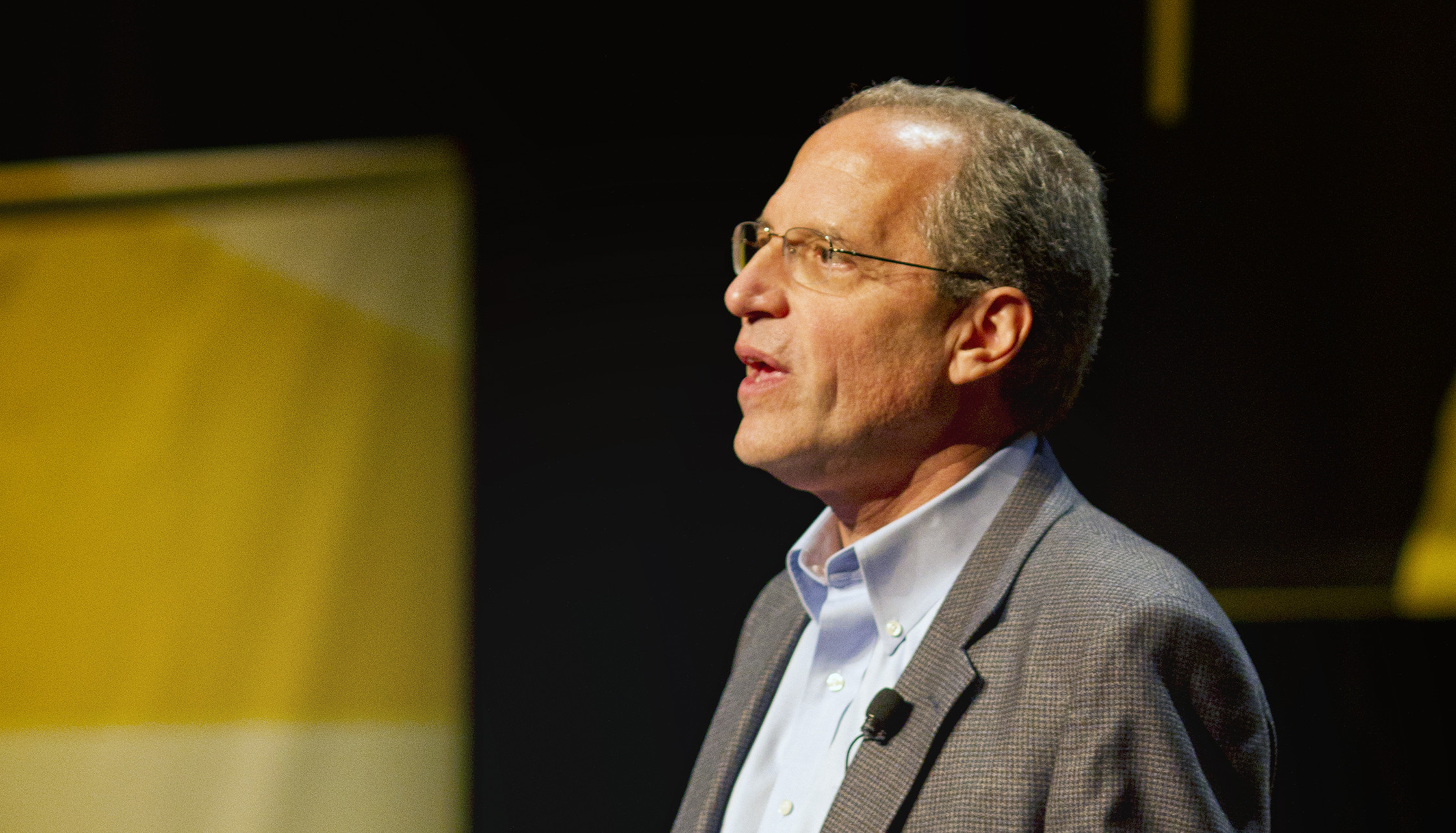
Speaker Update: Philip Warburg
2012 CIW speaker Philip Warburg has made environmental law his life work. The author of Harvest the Wind is working on his second book on the solar energy technologies that have the potential to change the way we all get our electricity. We recently caught up with Phil, who updated us on his upcoming book, described the solar panels he has installed on his own house and taught us the parallels between the renewable energy revolution and Fiddler on the Roof.
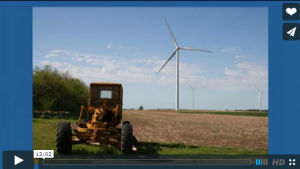 |
| Philip Warburg’s 2012 CIW Talk focused on the importance of wind power as a renewable energy source. |
You are in the midst of writing a second book on renewable energy. What will this book focus on and how does it build and expand on your previous work?
Three or four years ago, when I was roving the country collecting information about wind power for my first book Harvest the Wind, friends would often ask, “Why not solar?” My flip response at the time was, “If I wrote a book about solar, I’d have to call it Dim Sun.” The economics of solar just weren’t there for a robust investment in that technology.
Since then, solar energy’s prospects have brightened dramatically. The average cost of a utility-scale solar photovoltaic (PV) power plant has dropped by half since 2010, and the price of a typical solar panel has dropped by more than 60 percent. As Tevye said to his wife in Fiddler on the Roof, “It’s a new world, Golda!” My current book takes a careful look at solar energy—everything from the panels on our home in Massachusetts to industrial rooftop arrays in New Jersey and the Southwest’s giant solar fields.
Tell us more about the solar panels that you had installed on your own house. What was that process like? Have you seen energy and/or monetary savings?
Initially, I wondered whether it made financial sense to install a solar array here in chilly Massachusetts, but luckily PV panels produce electricity from the sun’s light, not its heat. The 23 panels we now have on our home supply about 70 percent of our total power needs, including daily charges for a plug-in hybrid electric car that carries my wife to her architecture office across town plus weekend outings, and we average 110 miles per gallon. With the 30 percent federal investment tax credit plus state-level incentives, we should recoup the $17,000 we spent on our solar array in 6 to 7 years.
We can always turn to your Twitter feed for the latest on the laws states are passing both regulating energy production and promoting alternative energy sources. What state do you think is paving the way for the future of energy production and regulation? Why?
California is leading the pack by requiring that 33 percent of utility-supplied power must come from renewable energy by 2020. With solar, wind and other renewable sources already topping 20 percent, the state is on track to meet that goal. In addition, California has launched a $300 million initiative—the nation’s biggest—to bring free or heavily subsidized solar arrays to low-income homes. And, like many other states, Californiahas a “net-metering” program requiring utilities to credit solar system owners for the kilowatt-hours they generate from the sun. Inspired political leadership and an affinity for cutting-edge technology have been big factors in shaping the state’s enlightened energy leadership.
You say that you are optimistic about the future of alternative energy use in the U.S., as well as about the potential applications of solar energy. With many scientists and newscasters presenting doomsday scenarios of global climate change, why do you remain optimistic?
I take forecasts of impending climate disaster seriously; they’re based on rigorous analysis by the world’s leading scientists and demographers. Yet, I take heart in both the politics and the technology of renewable energy. Some of wind power’s greatest strides are occurring in “red” states like Kansas, Texas, and the Dakotas—states that are geographically and ideologically remote from liberal strongholds like my home state of Massachusetts. I also feel reassured by the progress we’ve made in delivering solar and wind equipment to the marketplace. The technology is at hand; we just have to work harder on strengthening our political will to implement it.
What are your next steps in spreading the word about alternative energies?
My two daughters, now in college, have worked hard at bringing my communications skills into the 21st century. Though I maintain only a static Facebook presence, I’ve built a vibrant community of people concerned about renewable energy and sustainable mobility via Twitter. (Please join me @pwarburg!) Perhaps it’s my fatherly bias, but I’m also making a special effort to reach out to college and university students through on-campus lectures and meetings with student environmental groups. I’m deeply committed to getting the next generation to think and act more responsibly than my own.
Q & As are edited for clarity and length.


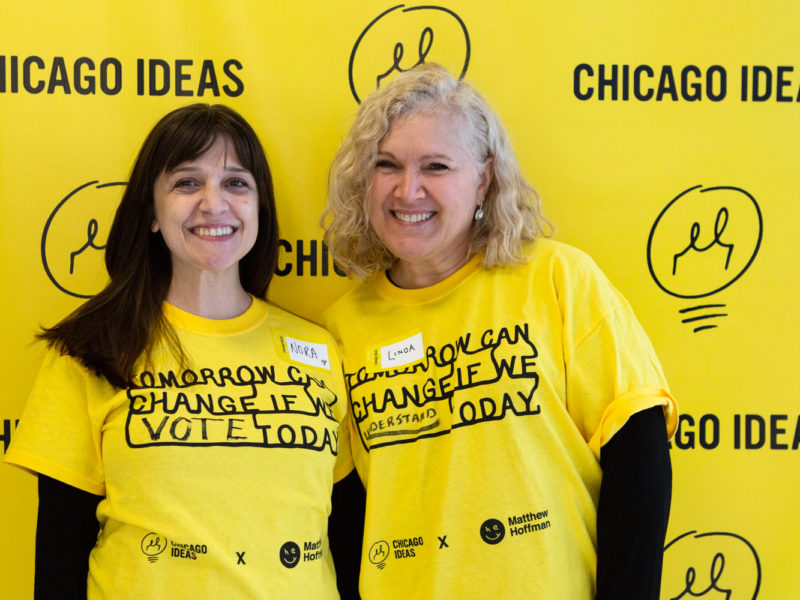
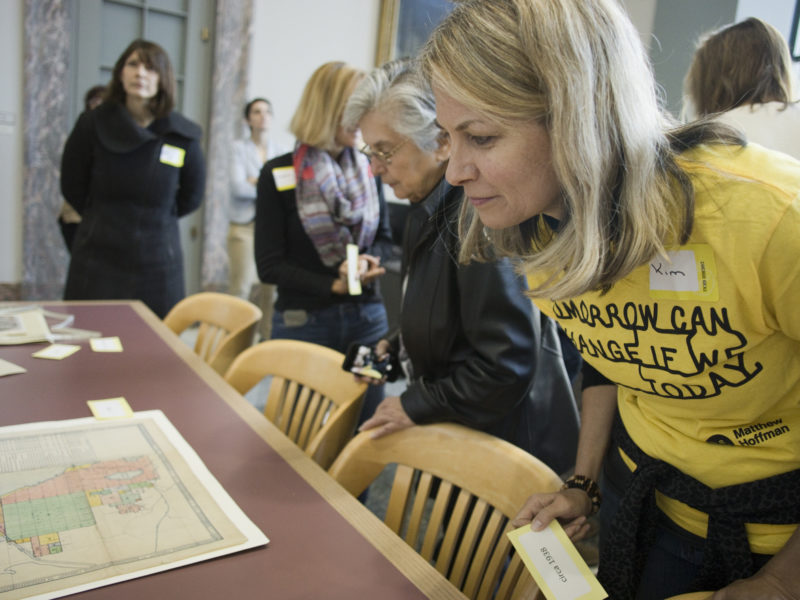
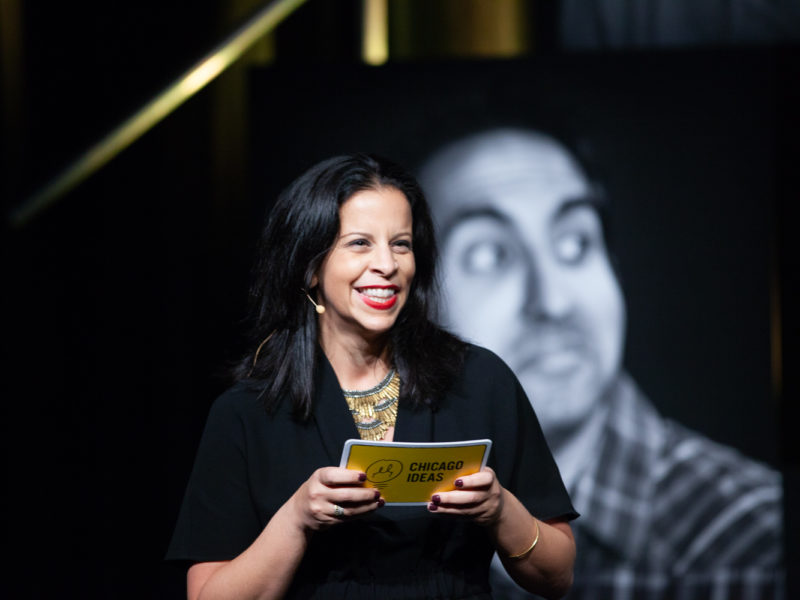
Jonathan Garlick
Once again, Phil Warburg is a voice of reason working on all fronts to connect outreach to the energy technologies that we hope will make a difference in the lives of future generations. His writing captures the urgency of this message, as evident in his profound social conscience. I look forward to reading Phil’s solar book to really understand what is happening in the renewable energy world!!!